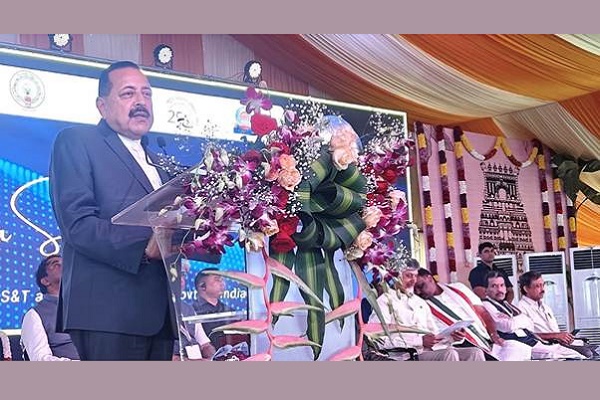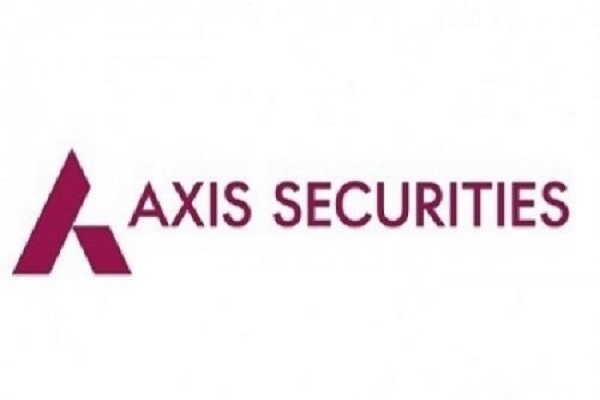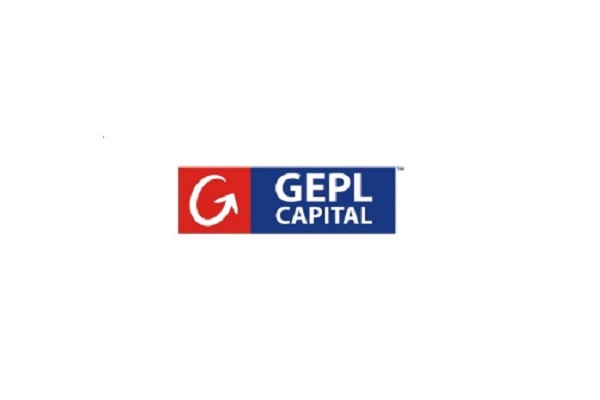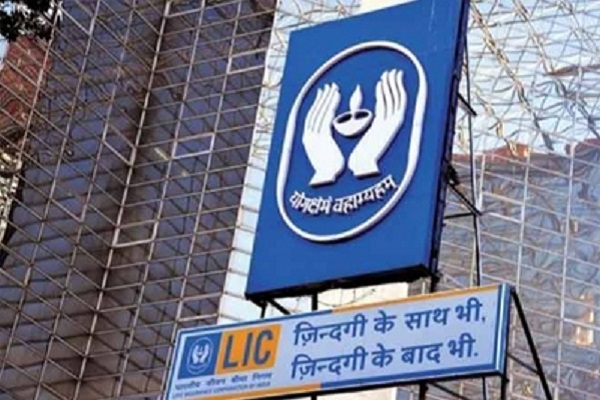One Mobikwik Systems coming with IPO to raise Rs 602 crore

One Mobikwik Systems
- One Mobikwik Systems is coming out with a 100% book building; initial public offering (IPO) of 2,15,84,905 shares of Rs 2 each in a price band Rs 265-279 per equity share.
- Not more than 75% of the issue will be allocated to Qualified Institutional Buyers (QIBs), including 5% to the mutual funds. Further, not less than 15% of the issue will be available for the non-institutional bidders and the remaining 10% for the retail investors.
- The issue will open for subscription on December 11, 2024 and will close on December 13, 2024.
- The shares will be listed on BSE as well as NSE.
- The face value of the share is Rs 2 and is priced 132.50 times of its face value on the lower side and 139.50 times on the higher side.
- Book running lead managers to the issue are SBI Capital Markets and Dam Capital Advisors.
- Compliance Officer for the issue is Ankita Sharma.
Profile of the company
One Mobikwik Systems was founded by Bipin Preet Singh and Upasana Taku, who have prior experience in building scalable technology and financial products at their previous organisations. The company’s aim is to leverage technology as the primary factor to facilitate financial inclusion for the underserved population in India.
The company is a platform business at its core, that has a two-sided payments network, consisting of consumers and merchants. The company has acquired 161.03 million Registered Users and enabled 4.26 million Merchants to make and accept payments online and offline, as of June 30, 2024. The usefulness of its platform for new and existing consumer increases, as it adds newer products to its digital credit, investments, and insurance verticals. As it continues to expand the portfolio of products under these verticals, it can transform the platform into an increasingly compelling offering for its consumers while simultaneously enhancing its profitability and value.
The company’s commitment to growth through frugal, digital-first innovations is demonstrated through its bouquet of products at scale, and maintaining one of the lowest employee cost to revenue among digital financial product and services platforms in Fiscal 2023. The company’s Payment GMV has grown at an annual rate of 45.88% and MobiKwik ZIP GMV (Disbursements) has grown at an annual rate of 112.16% from Fiscal 2022 to Fiscal 2024. The cmpany has won various awards over the years, including the ‘Economic Times Most Promising Brands Award’ and ‘Innovative DevOps Excellence in Pioneering Infrastructure Optimization for Payments’ award at the India DevOps Show - 2023 and ET Iconic Brands of India Awards, as an ‘Icon of Indigenous Excellence’ in 2018.
Proceed is being used for:
- Funding growth in its financial services business
- Funding growth in its payment services business
- Research and development in data, ML and AI and product and Technology
- Capital expenditure for its payment devices business
- General corporate purposes
Industry Overview
Growth of online shoppers has further propelled ever evolving payment landscape in India. Although initial penetration happened across Urban India, predominantly across Metro cities. Change in trend was observed from 2018 to 2023 where Tier 1 and Tier 2+ are the fastest growing markets. In FY23, 61% of shoppers are from Tier 2+ cities which is expected to grow to 78% by FY28. The overall e-commerce market is expected to become $190-200 billion market by FY28. Digital payments have played a pivotal role in shaping the overall e-commerce shopping experience for the consumers. Non-cash transactions for Indian households are going to increase from 38% in FY23 to 62% in FY28. With UPI being the corner stone of transition, which accounts for 73% of total digital transactions in India in FY23, is estimated to exceed 90% by FY28. There is a strong momentum in favor of digital payments which is being developed by an evolving ecosystem.
Digital payments are on a growth trajectory, and in FY28 the expected volume of digital transactions are projected to be in the range of 500-550 billion, with an estimated value of $60-70 trillion. Mobile wallet led transaction has increased from $16 billion in FY18 to $29 billion in FY24. Years FY20 and FY21 did saw a drop in overall wallet transaction value due to interoperability rule. The wallet transaction value is expected to reach around $65-75 billion in FY28. With a remarkable surge in digital payments in the recent years, merchant payments have emerged as a key driver of this transformation. Beyond e-commerce, mom-and-pop stores are also increasingly embracing digital payment solutions. From small kirana stores to large retail chains, businesses are recognizing the benefits of accepting digital payments, such as reduced cash handling costs, improved transaction speed, and better security. Based on Redseer estimates, 90% of the merchants in India would be digitally enabled by FY28.
The rapid expansion of the digital payments landscape in India in recent years has been fuelled by the introduction of new technologies, innovative products, disruptive market players, and regulatory interventions, among various other factors. For payment, platforms generally charge MDR to merchants only in case of POS/payment gateways, UPI is still free in India. Payment platforms have expanded their offerings to offer payment, commerce, and financial services. Majority of them started as wallet players with an application to provide mobile top-up and bill payments. Few players also expanded to payment gateways to create a large base of online consumers and merchants. In following years, they expanded to value added services such as commerce and financial services.
Pros and strengths
Large, engaged consumer base acquired with low CAC: The company’s registered users have grown at a CAGR of 12.31% from 123.56 million as of March 31, 2022 to 155.84 million as of March 31, 2024, while it had 161.03 million registered users as of June 30, 2024. The company primarily acquire users through (i) SEO (search engine optimization) and mobile ASO (application store optimization) initiatives; (ii) user referrals from a large user base; (iii) brand recall from checkout and POS placement in its diversified merchant network; (iv) high usage of the BBPS platform; and (v) marketing and publicity. This has enabled the company to maintain a low CAC per new registered user at Rs 32.87 in Fiscal 2024 and at Rs 33.53 in the three months ended June 30, 2024.
Efficient operational management of loan products distributed by it: One of the company’s strengths lies in the adept management of operational costs for its digital credit products distributed by it, evidenced by a consistent decline over the past three financial years, which has been accompanied simultaneously with a substantial surge in total credit disbursement, underscoring its commitment to responsible and scalable lending practices. Despite the dynamic financial landscape, it has demonstrated an ability to navigate risk effectively, resulting in a noteworthy reduction in all lending related costs.
Trust in the brand: The company has a strong brand name and recall, across large and small Indian cities. The MobiKwik Application remains one of the easiest way to transact across multiple methods. Its offerings include e-commerce, physical retail and bill payments thereby giving it the ability to capture increasing utilization by consumers for daily life payments. Its brand is well entrenched in the digital payments landscape and its consumers associate it with comprehensive digital payments offerings. Its product, “Xtra” is witnessing considerable traction. This showcases the amount of trust that its consumers have put in brand MobiKwik. The company provides curated wealth and insurance products, exemplified by the rapid growth of Xtra, which has accumulated Rs 18,348 million in AUM, as of June 30, 2024, within 26 months of its launch.
Technology and product first approach to business: The company has a technology and product-first approach to business which is powered by its cloud hosted transactional, data and analytical platforms. The large transactional platforms are distributed by design capable of handling high throughput, and uses event driven architecture to manage a large number of events and data which are processed over its data pipelines. Its data platform processes large terabytes of transactional, financial and external data sources which are stored in cloud hosted data lakes for analytical and reporting purposes. It also processes large amounts of data which is used to train its inhouse machine learning models leverage deep data science (including machine learning) to continuously drive innovations on its platform for its consumers, merchants and partners.
Risks and concerns
Security breaches and attacks against its platform: The company’s business generates and processes a large amount of personal data, including contact information, spending patterns, mobile application usage, geolocation and device type, through the transactions undertaken on its platform, and also involves collection, storage, processing and transmission of consumers’ data (in accordance with applicable laws), demographic data and behavioural data. Consequently, it faces various risks in handling and protecting such large volume of data hosted on its platform and operating systems, including risks associated with attacks on its operating systems by third parties or fraudulent misappropriation by its employees; as well as risks associated with privacy concerns, and with the transmission, sharing and other security measures relating to such data. any potential breach of or failure to otherwise protect personal, confidential and proprietary information, could damage its reputation and materially and adversely affect its business, financial condition and results of operations.
Substantial and increasingly intense competition in the fintech industry: The company faces intense competition, principally from other mobile payment companies, fintech companies, payment service providers, including commercial banks that issue payment cards or provide QR codes for payments, digital lending companies, including companies offering investment products and companies providing similar technology or distribution-driven financial services in India. Key competitors across its business divisions include (i) Payments, bills and recharge - Phonepe, Paytm, Airtel Payments Bank and Freecharge, and others; (ii) Lending - PhonePe, Paytm, Freecharge and Amazon Pay; and (iii) Investments - PhonePe, Paytm and Freecharge. Increased competition could result in the need for it to alter the pricing it offers to merchants or consumers. If it is not able to compete effectively, differentiate its business from those of its competitors or drive value for its consumers and merchants, its ability to retain consumers, merchants and partners may be adversely affected.
Distribution of Financial Services Products depends on relationships with Lending Partners: While its MobiKwik ZIP and ZIP EMI products in the Financial Services business are developed, managed and serviced by it in conjunction with its Lending Partners, it is not a lender and it therefore partner with banks and RBI registered NBFCs, who in turn extend the credit through various credit products to its consumers, through its technology platform. The company has partnered with 11 Lending Partners for providing loans to its consumers and merchants. Its partnerships with these Lending Partners could be negatively impacted on account of various reasons. In the past, certain of its contractual arrangements with Lending Partners have terminated pursuant to the several reasons. Hence, the company is dependent on its existing partners to increase their credit limits and partnering with new Lending Partners in order to grow its products in the Financial Services business and any failure to maintain such partnerships could adversely affect its business, results of operations and financial condition.
Slowdown in the growth of its active users can adversely affect business: The company’s financial performance is linked to the balance between retaining Active Users and acquiring New Registered Users in its payments and financial services business. Over the past three Fiscal Years, it has witnessed a 15.41% compounded annual growth rate (CAGR) in its New Registered Users whereas it has witnessed a robust 26.39% compounded annual growth rate (CAGR) in its Active Users. While increased new user acquisition signals market expansion, the growth in the number of New Registered Users going forward is dependent on various factors, including the industry’s position, the business cycle and the growth stage of the Company. In case it is unable to maintain the same rate of growth in acquiring New Registered Users and Active Users, it may have an adverse impact on its financial performance and prospects.
Outlook
Mobikwik is a fintech company providing prepaid digital wallets and online payment services. The company has created innovative products such as MobiKwik ZIP, ZIP EMI for consumers, and Merchant Cash Advance for merchants through in-house models and strategic partnerships with lending partners. These offerings utilize digital public infrastructure (DPI) such as Aadhaar, E-Nach, Digi-Locker, and NSDL to provide seamless and digital-first experiences for consumers. On the concern side, the company faces substantial and increasingly intense competition in the fintech industry. If it is unable to compete effectively, its business, financial condition, results of operations and prospects would be materially and adversely affected. Moreover, its distribution of Financial Services Products depends on its relationships with Lending Partners, and any failure to maintain such partnerships could adversely affect its business, results of operations and financial condition.
The company is coming out with a maiden IPO of 2,15,84,905 equity shares of Rs 2 each. The issue has been offered in a price band of Rs 265-279 per equity share. The aggregate size of the offer is around Rs 572.00 crore to Rs 602.22 crore based on lower and upper price band respectively. On performance front, the company’s revenues from operations increased by 62.20% from Rs 5,394.67 million in Fiscal 2023 to Rs 8,750.03 million in Fiscal 2024. The company has reported a net profit of Rs 140.79 million is FY24 as compared to a net loss of Rs 838.14 million in FY23.
In a bid to attain sustain growth and market dominance, the company’s strategic focus centres on the expansion and refinement of its existing business segments. Firstly, it aims to target larger revenue pools by enhancing efficiency in consumer acquisition. Initiatives to maintain its CAC through optimized marketing strategies and data-driven insights will ensure a more resourceful approach to reaching its target audience. Its expansion strategy emphasizes responsible growth through rapid scaling. A key aspect of this growth strategy lies in risk mitigation, keeping non-performing assets in its digital credit products in check and emphasizing its proactive risk management practices. By prioritizing sustainability and profitability, it positions itself for long-term success. This strategy encapsulates its commitment to strategic innovation, responsible growth, and financial excellence, setting the stage for its position as a force in the dynamic fintech landscape.
























